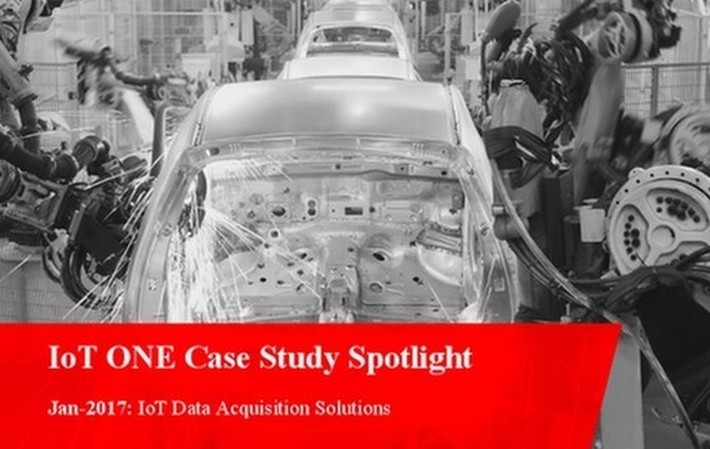
Published on 06/14/2016 | IoT Index
Cloud computing architectures can be distinguished in terms of their organization in three main forms.
On the one hand there is the private cloud, in which the providers and users from the same organization are submitted. Therefore this type is often referred to as an intra cloud. In favor of the security of the company’s data this cloud form is often used.
On the other hand there are public clouds, where the provider and the user, as opposed to the private cloud, are members of different organizations. This type of cloud is publicly available through a web portal, allowing different businesses and users to access external resources, and outsourcing their services at the respective supplier.
A third form, which has arisen in the course of development from the minimization of the risk of losing data in the use of public cloud, is the so-called hybrid cloud. This characterizes the simultaneous use of private and public cloud infrastructures.
The model community cloud shares the cloud infrastructure across several organizations to support specific community having common concerns. In this model, cloud infrastructure is provided on the premises or at the data center owned by third party. This is managed by participating organizations or third party.
Community cloud takes benefits of both public cloud as well as private cloud.

Cloud computing architectures can be distinguished in terms of their organization in three main forms.
On the one hand there is the private cloud, in which the providers and users from the same organization are submitted. Therefore this type is often referred to as an intra cloud. In favor of the security of the company’s data this cloud form is often used.
On the other hand there are public clouds, where the provider and the user, as opposed to the private cloud, are members of different organizations. This type of cloud is publicly available through a web portal, allowing different businesses and users to access external resources, and outsourcing their services at the respective supplier.
A third form, which has arisen in the course of development from the minimization of the risk of losing data in the use of public cloud, is the so-called hybrid cloud. This characterizes the simultaneous use of private and public cloud infrastructures.
The model community cloud shares the cloud infrastructure across several organizations to support specific community having common concerns. In this model, cloud infrastructure is provided on the premises or at the data center owned by third party. This is managed by participating organizations or third party.
Community cloud takes benefits of both public cloud as well as private cloud.
The Jan 2017 issue of the IoT ONE Spotlight features 8 case studies related to data acquisition, covering verticals including Aerospace, Agriculture, Automotive, Chemicals, Mining, Oil & Gas, Pharmaceutical and Shipping.
The full report includes:
1. IoT Use Case Framework by IIC
2. Detailed Technology Visualization
3. Solution Relevance by Functions & Capabilities
4. Summarized Case Study Impact & ROI